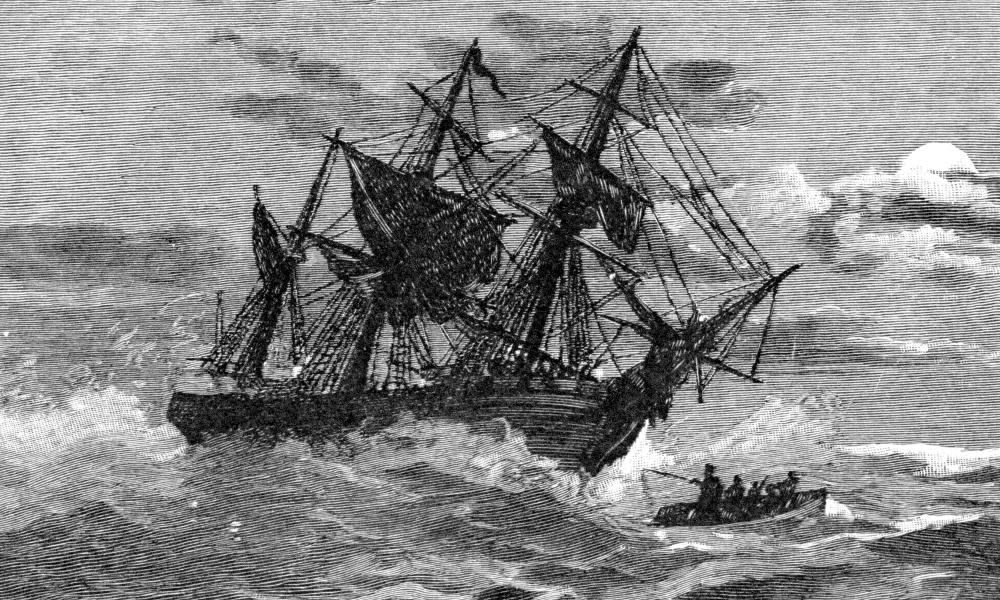Shipwreck of Captain Cook’s Endeavour being eaten by ‘termites of the ocean’, expert says

There are fears the wreck of Captain James Cook’s Endeavour is being destroyed by shipworms, the “termites of the ocean”.
In February, the Australian Maritime Museum announced that the shipwreck, in waters off the coast of Rhode Island in the US, was “the final resting place” of that famous historical ship.
The Rhode Island Marine Archaeology Project (Rimap) challenged that assertion, sparking a transatlantic spat over the site known as RI 2394.
Now an expert has told the Boston Globe that he has found evidence that shipworms have infiltrated the wood.
Reuben Shipway, a University of Plymouth marine biology lecturer, dove down to the wreck and found shipworms had infiltrated a piece of wood belonging to RI 2394.
The shipworms – actually a worm-like mollusc – infiltrate and eat through wood.
“It means one of the most important wrecks in human history is being destroyed right underneath our noses,” Shipway said.
“This is a vessel that connects the UK to Australia, and to America, because it also played a really important role in the battle for American independence. It’s our shared cultural heritage. And it’s being destroyed.”
The Australian Maritime Museum said the site needed to be protected.
“When the museum made the announcement regarding the Endeavour we raised the need for the ongoing protection of the site as a major concern,” a spokesperson said.
“There are a number of solutions that could be put in place to protect not only the site of the Endeavour but other important vessels in Newport Harbour.”
Australian researchers have been working with Rimap for more than two decades to positively identify the wreck, but the relationship soured after the museum’s former chief executive, Kevin Sumption, said he was “confident” it was the Endeavour.
Related: Row erupts over wreck in US waters identified as Captain Cook’s Endeavour
Rimap’s head, Dr Kathy Abbass, angrily hit back. She said while it might be the famous ship, work was ongoing. At the time she said Rimap was the lead organisation and would post its eventual report when it was sure.
“Rimap recognises the connection between Australian citizens of British descent and the Endeavour, but Rimap’s conclusions will be driven by proper scientific process and not Australian emotions or politics,” she said.
The museum spokesperson said they looked forward to receiving Abbass’s report, which is expected shortly.
The Endeavour sailed the South Pacific from 1768 to 1771, as Cook conducted scientific research and charted the coast of New Zealand and Australia’s eastern coastline before claiming the land for Great Britain.
In 1778 British forces scuttled it in Newport Harbour, during the American War of Independence.
It’s one of several shipwrecks in the area.
Shipway said the exposed wood of the wreck was being eaten from within by Teredo navalis, naval shipworm. “The shipworms’ guts are full of wood,” he told the Boston Globe.
Another species, crustaceans called gribbles, were also eating the wood.
Shipway said anyone who cared about the wreck should come up with the resources and funding to protect it.

 Yahoo Movies
Yahoo Movies 
